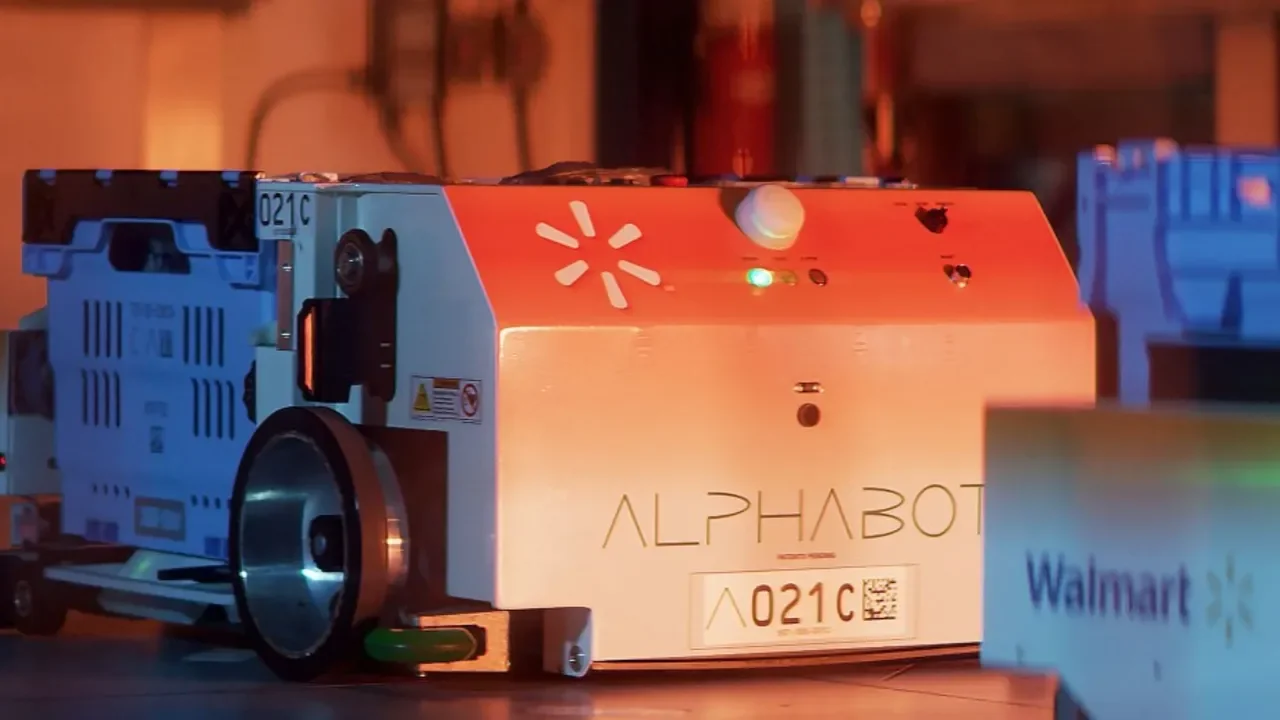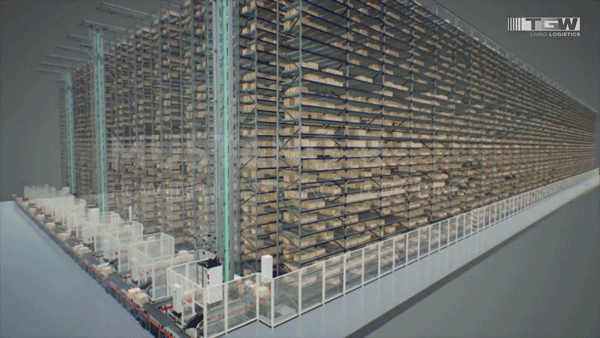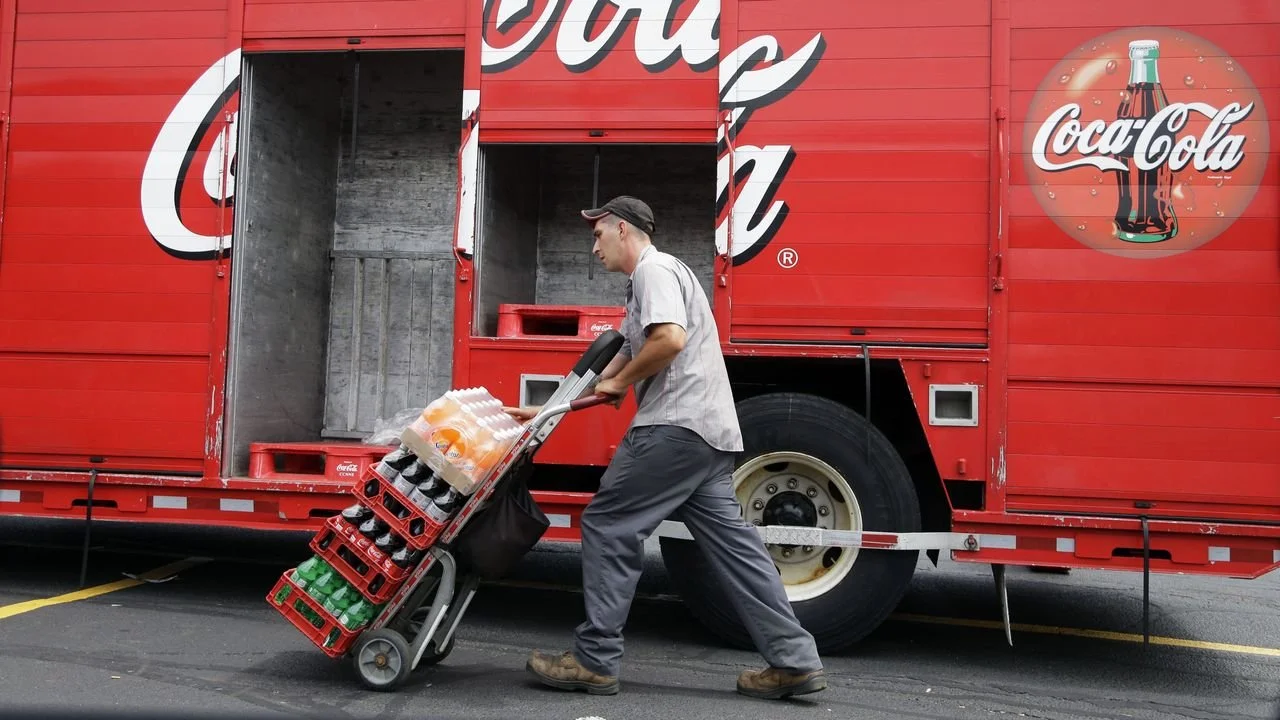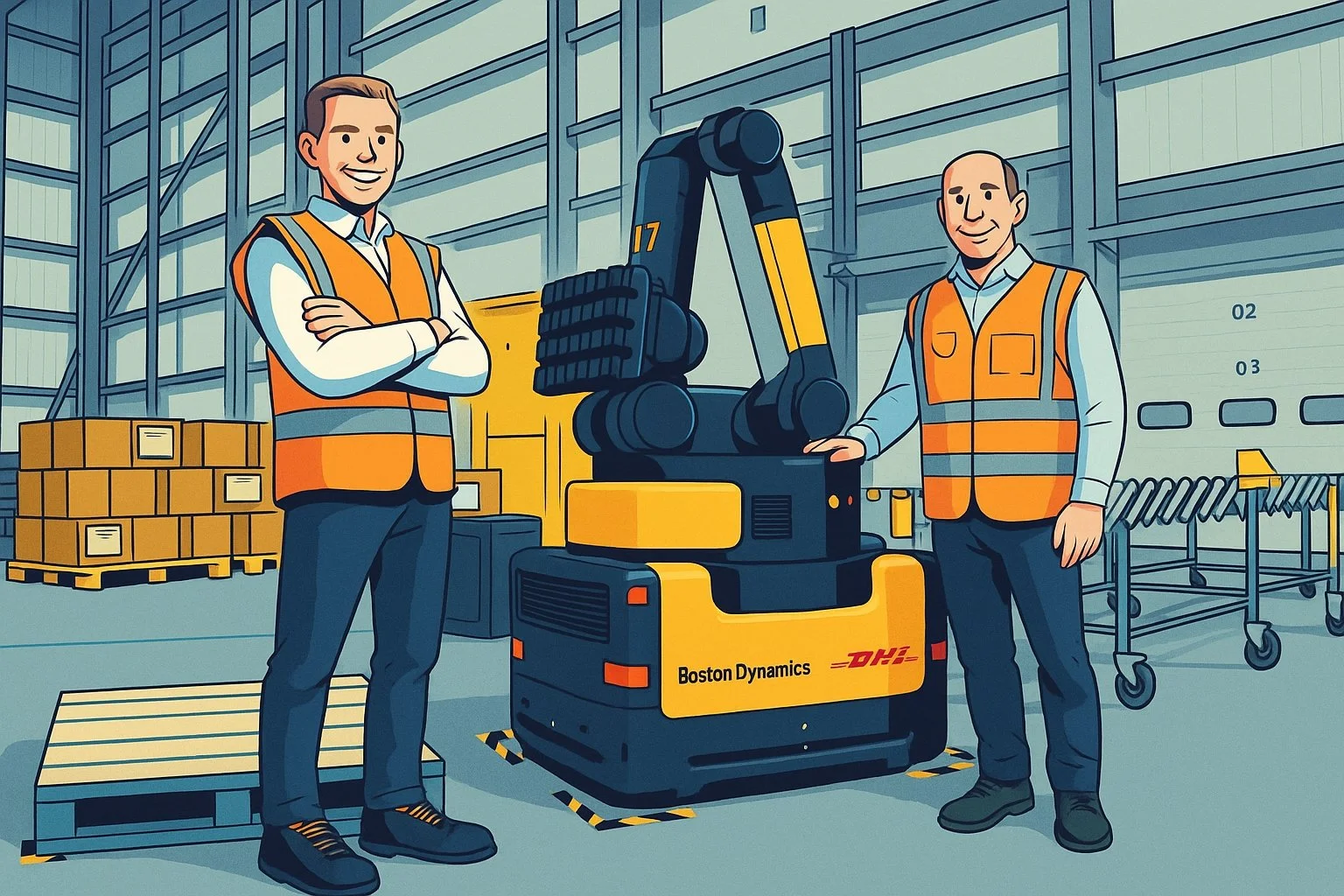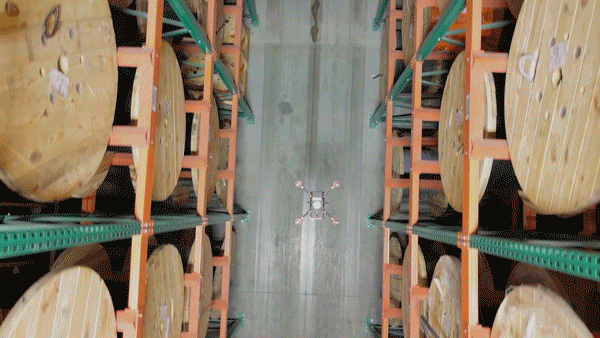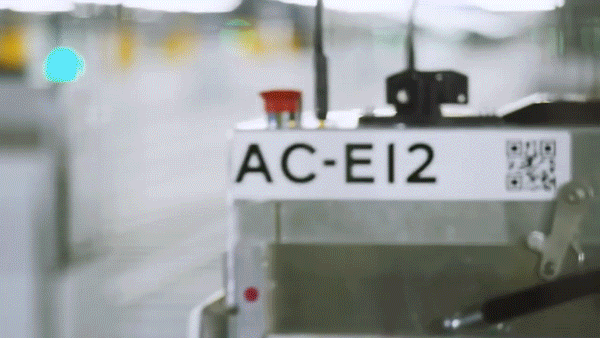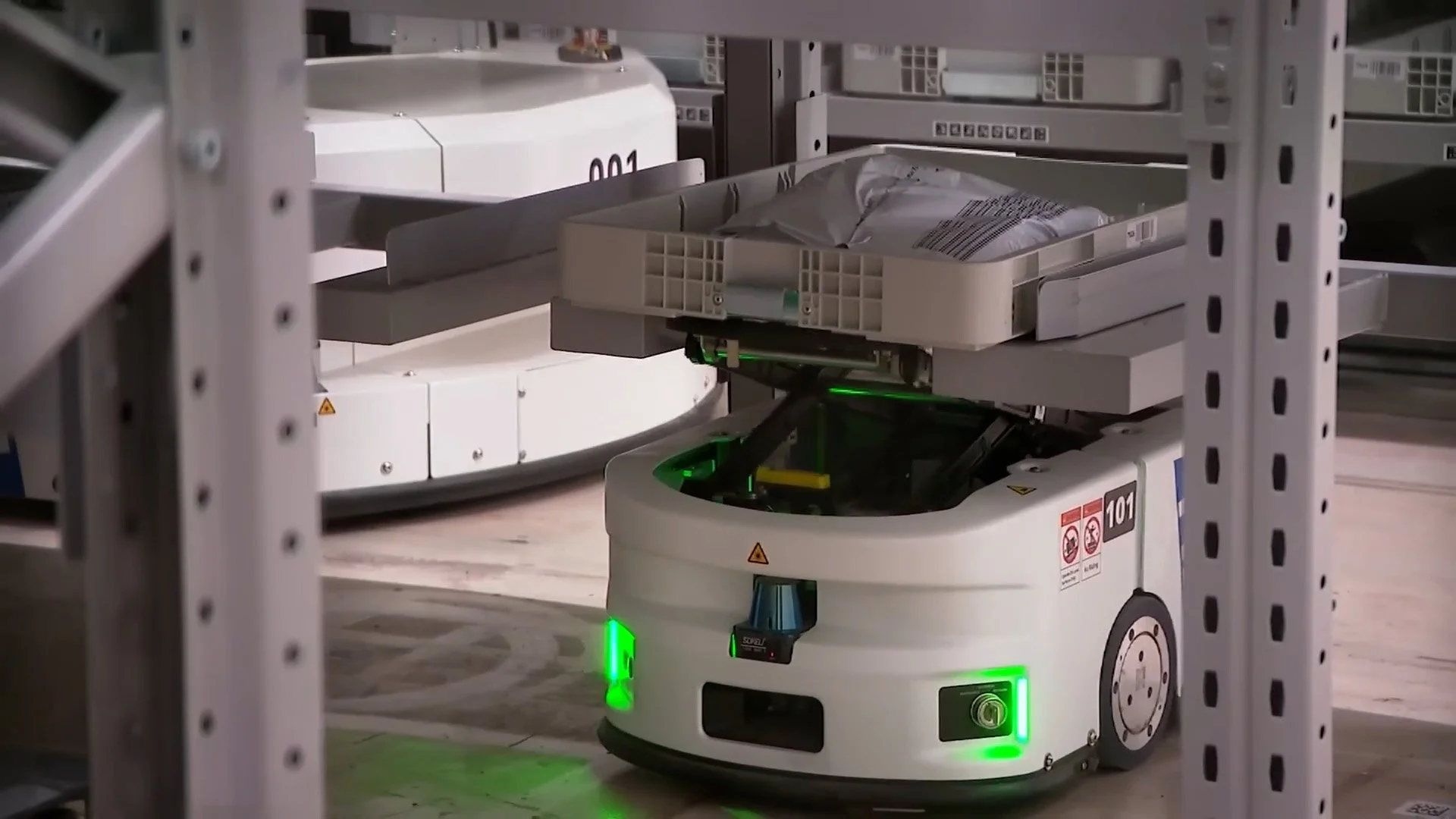World’s First Humanoid Robot Store Opens in China
Shenzhen’s Future Era store signals a bold new model for robot deployment, leasing, and customization across the entire robotics value chain.
Operated by Shenzhen Future Times Robotics Co., Ltd., the Future Era store takes a page from the auto industry’s 4S model (Sale, Spare parts, Service, Survey) and enhances it with two strategic pillars: on-demand leasing and fully customized robot solutions.
A Robotics Retail Revolution
Spanning just 60 square meters, the compact store punches well above its weight. Think of it as part showroom, part rental depot, and part live test lab—showcasing a growing ecosystem of robots from 26 major companies including Unitree Robotics, Leju Robot, and Engine AI. Daily rental prices range from ¥5,000 to ¥20,000 RMB (approx. $695 to $2,781 USD), offering a flexible model that democratizes access and lowers the threshold for real-world robotic application testing.
The 6S store format introduces a modular and agile supply-demand connection, rapidly converting prototypes and niche designs into practical, field-ready tools for logistics, retail, hospitality, and even emergency services. It bridges the “lab-to-market” gap—a problem well-known to our sector where promising robotics tech often languishes in proof-of-concept purgatory.
Why This Matters for the Supply Chain Sector
Validation Through Leasing
Short-term leasing allows end users to field-test robots in diverse use cases: delivery, reception, inspection, and performance. This creates a robust data feedback loop for manufacturers while reducing capital risk for users—a powerful accelerator for adoption.Customization as a Core Offering
Whether a restaurant needs tray-delivery robots or a warehouse seeks heavy-lift mobile platforms with specific sensor payloads, customization is built directly into the store’s business model. Orders, even with modifications, are fulfilled in under 10 days, according to deputy manager Zhang Shuai.Integrated Testing & Verification
A planned on-site verification center will allow companies to simulate real-world environments and evaluate robot stability, interaction quality, and safety—before deploying at scale.New Commercial Model
Instead of traditional reseller markups, the store operates on a 50/50 profit-sharing model with robot makers—giving manufacturers greater incentive to participate, iterate, and evolve their products in direct collaboration with customers.
An Ecosystem on the Rise
This isn’t an isolated pilot. The launch has already sparked interest from over 200 companies across the robotics value chain, with 50+ robot and component makers signing cooperation agreements. Chinese cities including Beijing, Haikou, Guangzhou, Chengdu, and Taiyuan are planning similar rollouts, backed by local government initiatives and private investors alike.
The Future Era store’s debut racked up ¥200,000 RMB in orders within the first week, validating market appetite and suggesting a scalable franchise model. The operator aims to open 50+ stores nationwide, supported by strong municipal partnerships—underscoring China's national focus on robotics as a pillar of economic and technological strategy.
Implications for North American Operators
For those of us engineering automation in North America’s logistics and supply chain sectors, this model is worth watching closely. The 6S approach solves multiple bottlenecks at once:
Accelerates go-to-market for emerging robotics startups
Enables rapid field testing and feedback for continuous improvement
Creates a physical access point for collaboration and community-building
Brings a consumer-grade retail mindset to industrial and service-grade robotics
In an industry often bogged down by long sales cycles and proof-of-concept fatigue, Future Era’s model offers a glimpse into how hardware-software ecosystems can be productized, rented, tested, and iterated—fast.
China’s first 6S robot store is not just a clever marketing concept—it’s a viable, scalable commercialization model that blends leasing, customization, and direct access into a flexible platform for robotics adoption. For automation and logistics professionals, it signals a new playbook: one that unites engineering rigor with commercial agility.












